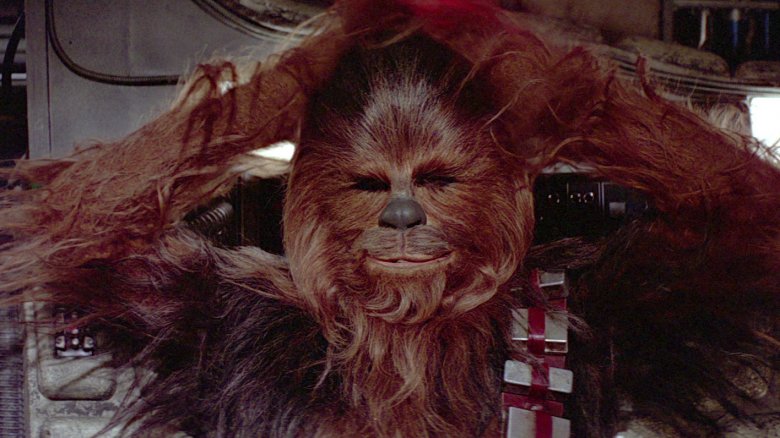Lucasfilm Reveals Why The Star Wars Expanded Universe Had To Start Over
A long time ago in a galaxy far, far away, things used to be mad different.
Before The Last Jedi, before Disney bought Lucasfilm, and even before the three prequels, there was the Star Wars Expanded Universe, a massive, multimedia playground of stories set in the world of Star Wars beyond the movies.
For more than 30 years, the Expanded Universe was the place to go for the further adventures of Luke, Leia, Han, and all of their children—but when Disney bought Lucasfilm and announced a new film trilogy in 2012, everything changed.
Until then, all of the material in the Expanded Universe co-existed with the story of the movies; to a certain extent, all of it could be said to have "happened" within the Star Wars universe, from Han and Leia's multiple children to the adventures of horse pilot Hohass Ekwesh. But after Disney announced The Force Awakens, all of the material in the Expanded Universe was stricken from the record, and relegated to a new label called Legends.
Since then, the new movies have given rise to a new Expanded Universe, with many writers reincorporating material from the old canon into the new framework. All of the material, new and old, is overseen by a group of Lucasfilm employees called the Star Wars Story Group, which maintains a complete database of Star Wars knowledge called the Holocron.
Leland Chee, the creator and keeper of the Holocron, recently spoke out about the decision to de-canonize the Expanded Universe in an episode of the Fandom Files podcast, revealing that the drastic move to erase the entire canon all came down to one story that absolutely had to go.
According to Chee, the decision to eradicate the original Expanded Universe was all undertaken for the sake of bringing Chewbacca back to life.
In the original Expanded Universe, Chewbacca—who's still alive in the current canon—sacrificed himself to help evacuate a doomed planet, with his death chronicled in the book Vector Prime by R. A. Salvatore. Specifically, Chewie got his hero's death by... being crushed by a falling moon.
Chee says that the decision to kill Chewbacca was made well before anyone at Lucasfilm thought that Chewbacca would be seen on screen again, and a lot of him being killed had to do with the fact that he was difficult to write for. "He was a challenging character to write for in novels," Chee said. "Publishing had decided they needed to kill somebody, and it was Chewbacca."
Of course, when the decision was made to bring back the cast of Return of the Jedi to continue their story in Episode VII, this caused problems—and Chee was not satisfied with the idea of telling fans that Chewbacca died offscreen in such an over-the-top way.
"If you have the opportunity to bring back Chewbacca into a live action film, you're not gonna deprive fans that," Chee said. "There's no way that I'd want to do an Episode VII that didn't have Chewbacca in it and have to explain that Chewbacca had a moon fall on his head. And if we were going to overturn a monumental decision like that, everything else was really just minor in comparison."
The de-canonization of the Expanded Universe opened up the future of Star Wars to a whole new slate of stories, doing away with a lot more weirdness than just the death of Chewbacca. There was also, for instance, an evil clone of Luke named "Luuke". (And we already told you about that horse pilot.) There's just no room for that sort of silliness in Disney's Star Wars.
The next Star Wars movie, Solo: A Star Wars Story, is set for release on May 25.
